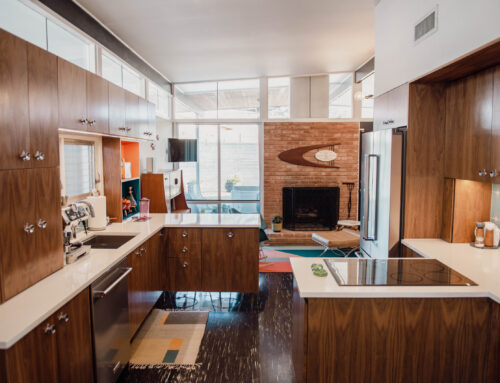When editor Becky Bull began preparing to visit our neighborhood high school for this month’s cover story, we jokingly talked about her need for a bullet-proof vest and, perhaps, a side-arm.
After all, that seems to be the prevailing theory about public high school education these days.
Well, it shouldn’t come as much of a surprise that Becky survived her days in high school without so much as a single death threat.
Reports Becky: “The whole media thing is kind of a joke among many of the students. One practically ran down the hall ahead of me, pointing to other students and saying: ‘See, there’s no fighting here. We get along.’”
The bottom line here is quite simple: In our neighborhood public high school, it’s pretty hard to find many people who honestly are afraid to be there. They may think things are bad at other schools, but they’re not afraid here at home.
It may be politically correct to talk about how bad our public schools are and to lament how we are unable to keep our students safe. But if the students and teachers, by and large, aren’t afraid, how come the rest of us are?
First of all, how many of us have actually been inside our neighborhood high school during the day? If the truth is told, most of us have been talking authoritatively about things we know nothing about.
Second, I think we’ve been too eager to buy into the media hype about schools and violence. After all, it’s much more exciting to watch TV reporters spit out breathless reports about the latest high school shoot-out than it is to sit there and learn about the legions of teens involved in high school plays, sports, honor societies, volunteer groups and the like.
The sad truth is that good news, no matter how good it is, simply does not have the sex appeal of bad news.
When the national media report that Americans are preoccupied with the negative, they are merely stating the obvious. What they aren’t stating, though, is we can do something about it.
No one is forcing us to watch, for the umpteenth time, Tonya Harding’s latest comments or the endless replaying of Nancy Kerrigan weeping after being clubbed.
We have the power to tune out bad news; we just may not have the will.
This cover story doesn’t include any dicey sex quotes or unnamed students sobbing about their 24-hour fears. The story simply attempts to portray high school life as it is – not as how we wish it would be, or what would appear most titillating on television.
Despite the bad publicity, every day in our neighborhood – and every day throughout our country – most of the kids in our public high schools are there to learn.
I hope those of you who read this story will sit down and talk about it with your family – right after you finish discussing the Tonya-Nancy update.
Even if you don’t like the story or what the students and educators are saying, the discussion should lead to solutions, while talking about Tonya’s travails isn’t going to do a lick of good when it comes to improving our neighborhoods.
There’s more at stake here than a simple plea: Troubled schools breed bad neighborhoods, which result in lower home values and less business and overall, a lousy place to live.
And rumors of troubled schools, no matter how unfounded or poorly reasoned or reported, are just as damaging as if our schools truly were armed detention camps.





